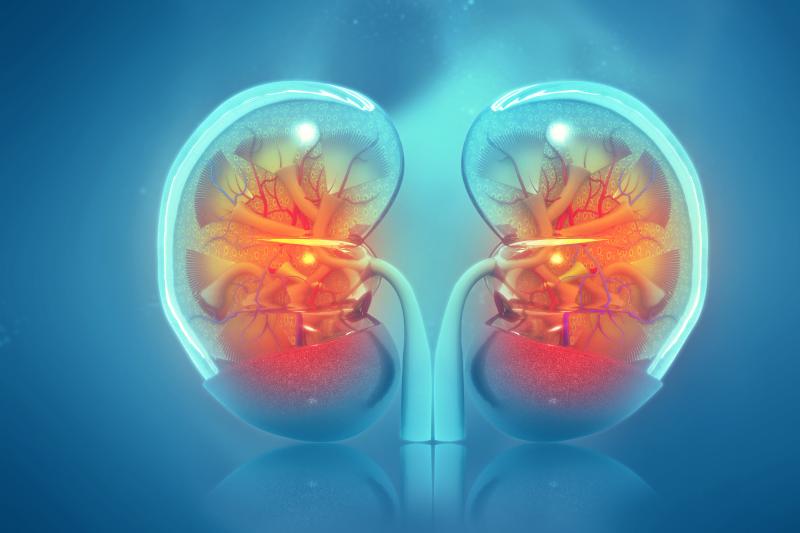
In diabetic adults, the presentation of renal disease is heterogenous and involves different mechanisms of action, a new Japan study has found.
Drawing data from 355 patients with type 1 diabetes and 5,194 with type 2 diabetes, researchers determined the prevalence of renal dysfunction and albuminuria, as well as related factors. Those undergoing dialysis, with malignant disease or who had proliferative diabetic retinopathy were ineligible.
Of the type 1 diabetes participants, majority (n=290; mean age, 56±9 years; 43.4 percent male) had normal urinary albumin levels, while 65 (mean age, 58±8 years; 46.2 percent male) were either micro- or macroalbuminuric. In those with type 2 disease, 3,631 (mean age, 61±8 years; 59.0 percent male) were normoalbuminuric while 1,563 (mean age, 62±8 years 59.4 percent male) had abnormal levels of albumin in the urine.
Renal dysfunction, defined as estimated glomerular filtration rate (eGFR) <60 mL/min/1.73m2, without albuminuria was present in 7.3 percent and 9.0 percent of type 1 and 2 diabetes patients, respectively.
Logistic regression analysis further found that in type 1 diabetes, the duration of the endocrinal disease (p=0.009) and the presence of or a history of hypertension (p=0.005) were significant indicators of albuminuria, while age (p<0.001) and disease duration (p=0.023) were significantly correlated with lowered eGFR.
In type 2 diabetes, on the other hand, significant predictors of albuminuria were age (p=0.017), duration of diabetes (p<0.001), the presence of or a history of hypertension (p<0.001), body mass index (p<0.001), glycated haemoglobin (p<0.001), and eGFR (p<0.001). The male sex (p<0.001), age (p<0.001), albuminuria (p<0.001) and regular alcohol intake (p<0.001) were all associated with renal dysfunction.